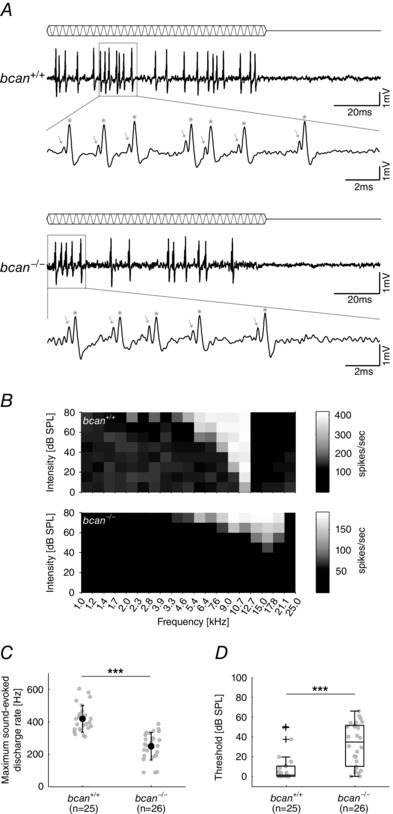Figure 3. Sound‐evoked response properties of MNTB principal cells are altered in bcan−/− mice .

A, pure tone stimulation at characteristic frequency and 60 dB SPL in an exemplary MNTB unit of a bcan +/+ (top) and a bcan −/− mouse (bottom). The blow‐up of individual compound waveforms reveals that in both genotypes all presynaptic potentials (indicated by arrows) are followed by a postsynaptic action potential (indicated by stars), confirming the highly reliable synaptic transmission also under acoustic stimulation. B, frequency response areas (20 × 10 frequency–intensity combinations) of two exemplary MNTB principal neurons with similar characteristic frequency; top: bcan +/+, bottom: bcan −/−. A greyscale was used to encode different discharge rates. C, maximum sound‐evoked firing rates are significantly reduced in bcan −/− mice compared to respective wild‐type animals (P < 0.001). D, median thresholds at characteristic frequency are significantly elevated in bcan −/− mice (P < 0.001). Data were obtained from 25 MNTB units in bcan +/+ mice and 26 MNTB units in bcan −/− mice. In C, data are presented as means ± SD and in D, data are given as median [1st quartile, 3rd quartile]. P values: ***P < 0.001.
